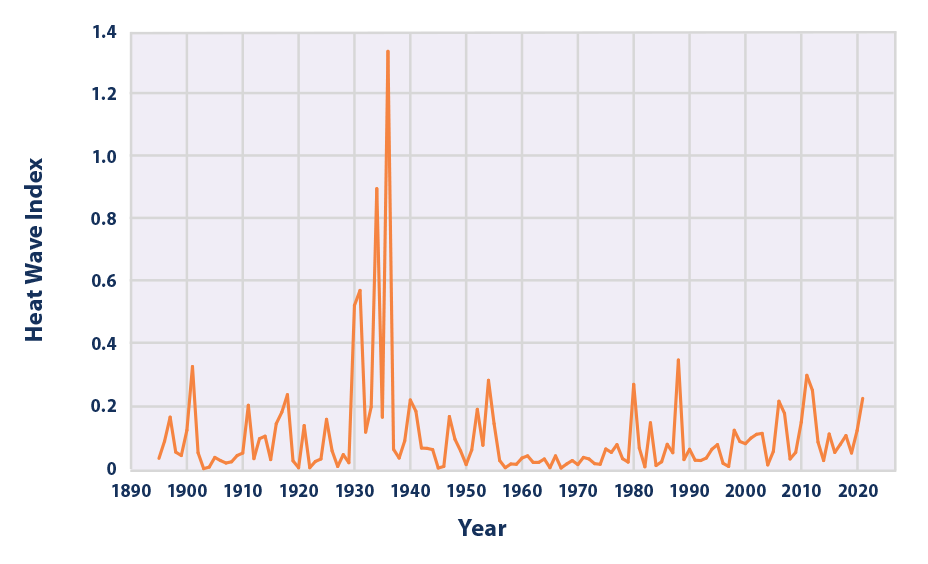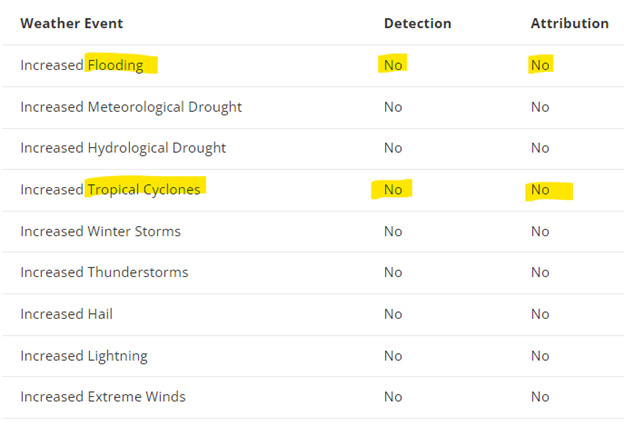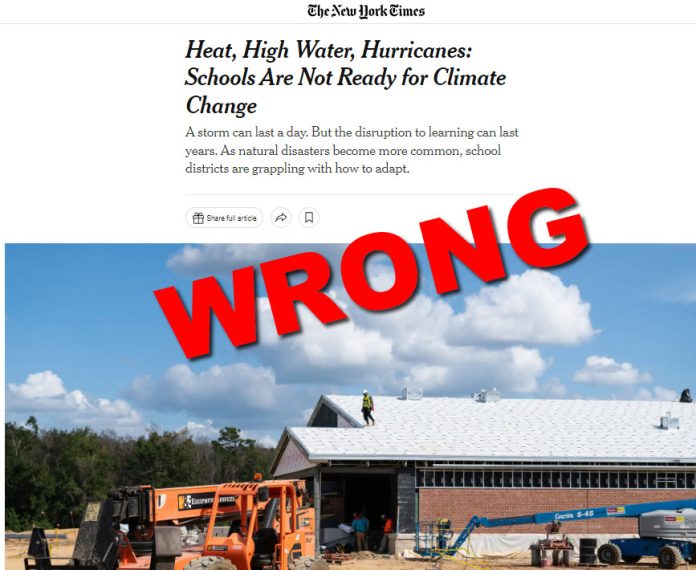An article in the New York Times (NYT) claims that schools must prepare for so called “climate disasters.” This is false. The writer erroneously conflates weather and climate, failing to mention that data shows the central weather event of the story, hurricanes, are not becoming more frequent.
The story “Heat, High Water, Hurricanes: Schools Are Not Ready for Climate Change” was written by a student intern at NYT, Colbi Edmonds, with admittedly zero experience in meteorology or climatology. As a result, the article is full of inaccurate information and unfounded opinions.
For example, the lead paragraph says:
A storm can last a day. But the disruption to learning can last years. As natural disasters become more common, school districts are grappling with how to adapt.
But later in the article, a storm lasting a day becomes a “climate disaster.”
As climate disasters become more commonplace, school districts are learning that a strong storm can put learning in a state of disarray.
The first and most egregious mistake made by Ms. Edmonds is the conflating weather and climate, which operate on vastly different time scales. Ms. Edmonds would do well to study the difference, such as is defined in Climate at a Glance: Weather vs. Climate which states:
- The World Meteorological Organization (WMO) defines climate as “…the average weather conditions for a particular location and over a long period of time.”1
- To create a climate record, 30 years of weather data is averaged to create a “normal” climate expectation for a location or region.
- What we experience on a day-to-day basis are weather events, not climate events. Weather is not climate.
Thus, “a storm that can last a day,” is not related to climate at all. Temporally, they are decades apart. Importantly, there is no trend of increasingly severe weather events, which would indicate climate change was increasing the frequency or severity of extreme weather events which might impact schools and other infrastructure.
The NYT story uses Hurricane Michael as an example, which hit the Florida Panhandle in 2018 causing widespread damage, and in particular, to a school district in Calhoun County. But, the article fails to mention Florida’s 11-year hurricane drought, which was ended by Hurricane Hermine in 2016. Hermine was the first hurricane to make landfall in Florida since Hurricane Wilma in 2005. So, for Florida at least the idea that Florida hurricanes were getting worse leading up to Hurricane Michael in 2018 is disproven. Further, the long-term data shows no trend in Hurricanes at all.
The NYT article goes on to claim that heat waves and flooding will also affect schools. On the heat wave issue, an expert was cited, “‘Heat waves are lasting longer and beginning earlier,’ said Jonathan T. Overpeck, dean of the School for Environment and Sustainability at the University of Michigan.”
But, actual data on heat wave trends shows that claim to be inaccurate, as well. This graph showing the “U.S. Heat Wave Index” from the Environmental Protection Agency (EPA) shows that heat waves were far worse in the past.

Finally, the article briefly mentions flooding. “In New York, a driving rain recently flooded the city, with water seeping into more than 300 schools.” Again, the article fails to mention that this was the result of a single day weather event: the remnants of Tropical Storm Ophelia. According to an article by the National Oceanic and Atmospheric Administration (NOAA):
The storm unleashed more than eight inches of rain in parts of the New York metropolitan area from Thursday, Sept. 28 into Friday night, leading to flood water coursing through streets and into basements, schools, subways, and vehicles throughout the nation’s most populous city. Twenty-eight people were rescued with no reported deaths.
The NOAA article doesn’t mention “climate change” a single time, clearly demonstrating it wasn’t a factor. Again, it was a weather event, not a “climate disaster.”
Edmonds also fails to note the science has established no connection between climate change to tropical cyclones (aka hurricanes) nor to flooding.
The Intergovernmental Panel on Climate Change (IPCC) in their most recent AR6 report, Chapter 11, Weather and Climate Extreme Events in a Changing Climate, provides conclusions, summarized in the table below, illustrating the fact that severe weather events cannot be detected as increasing nor attributed to human caused climate change:

Clearly, by the IPCC’s own determination, no evidence exists that any specific weather event is directly driven by so-called man-made climate change from increased carbon dioxide in Earth’s atmosphere.
Based on the evidence, any schools that are currently prepared to stand up to extreme weather events, and every school district that is currently prepared to anticipate and respond well when such events occur, should be fine going forward. Data does not indicate such weather events are worsening. By contrast, any school districts or schools presently unprepared for extreme weather events should take the steps necessary to be prepared. Not because such events are worsening, but because their lack of preparedness threatens and student and staff safety under current conditions regardless of what they may be in the future.
Yet, the NYT and Edmonds push a false narrative unsupported by actual data and facts. This isn’t journalism, its simply opinion cloaked in the supposed integrity of journalism, which is so easily disproven that it shows there’s no journalistic integrity exhibited at all.

















Wow NYT. uses some neophyte contributor to make their errant claim that extreme weather is increasing! They should retract
the whole story and admit that the claims don’t justify the facts! But that’s not likely, just have to continue calling them on their distortions and hyperbolic nonsense every time they say or print it!